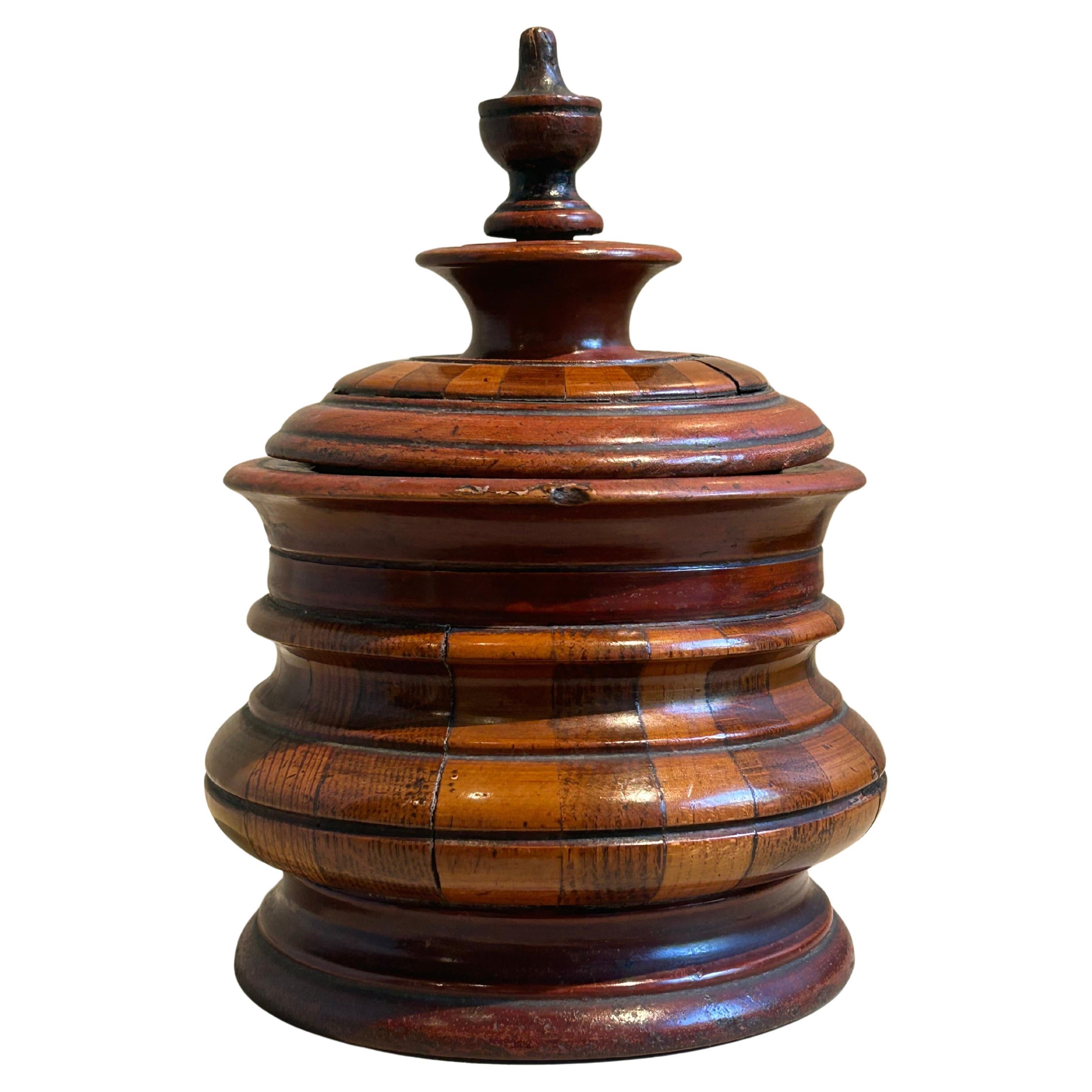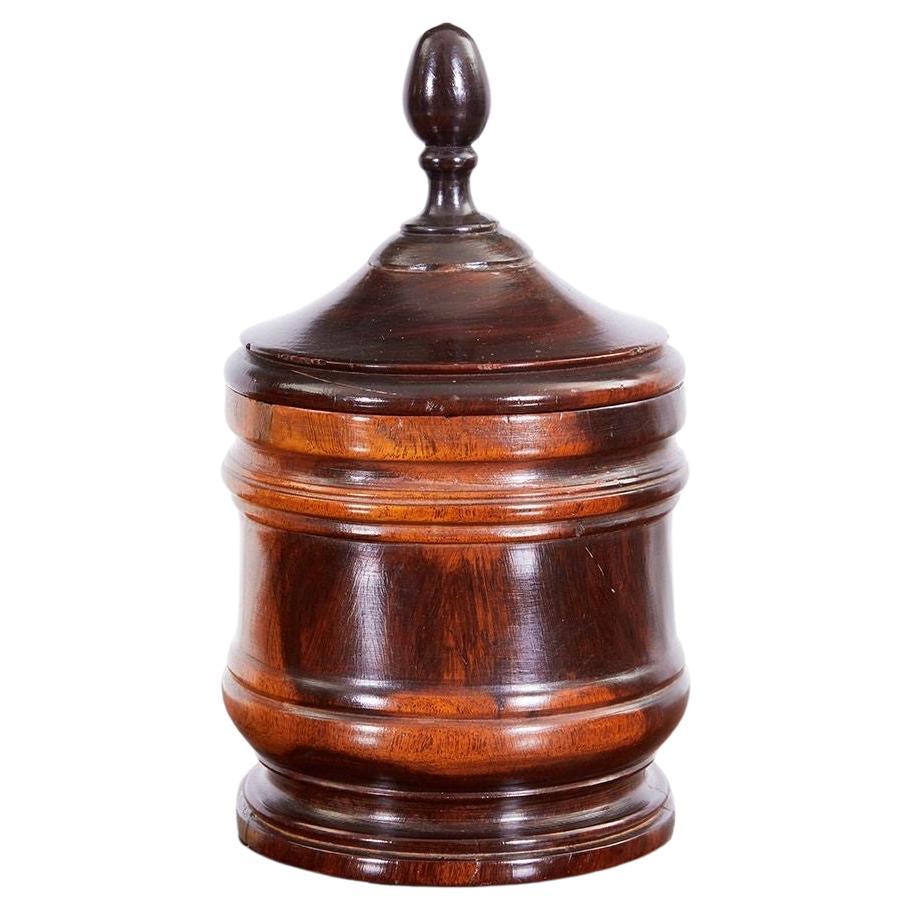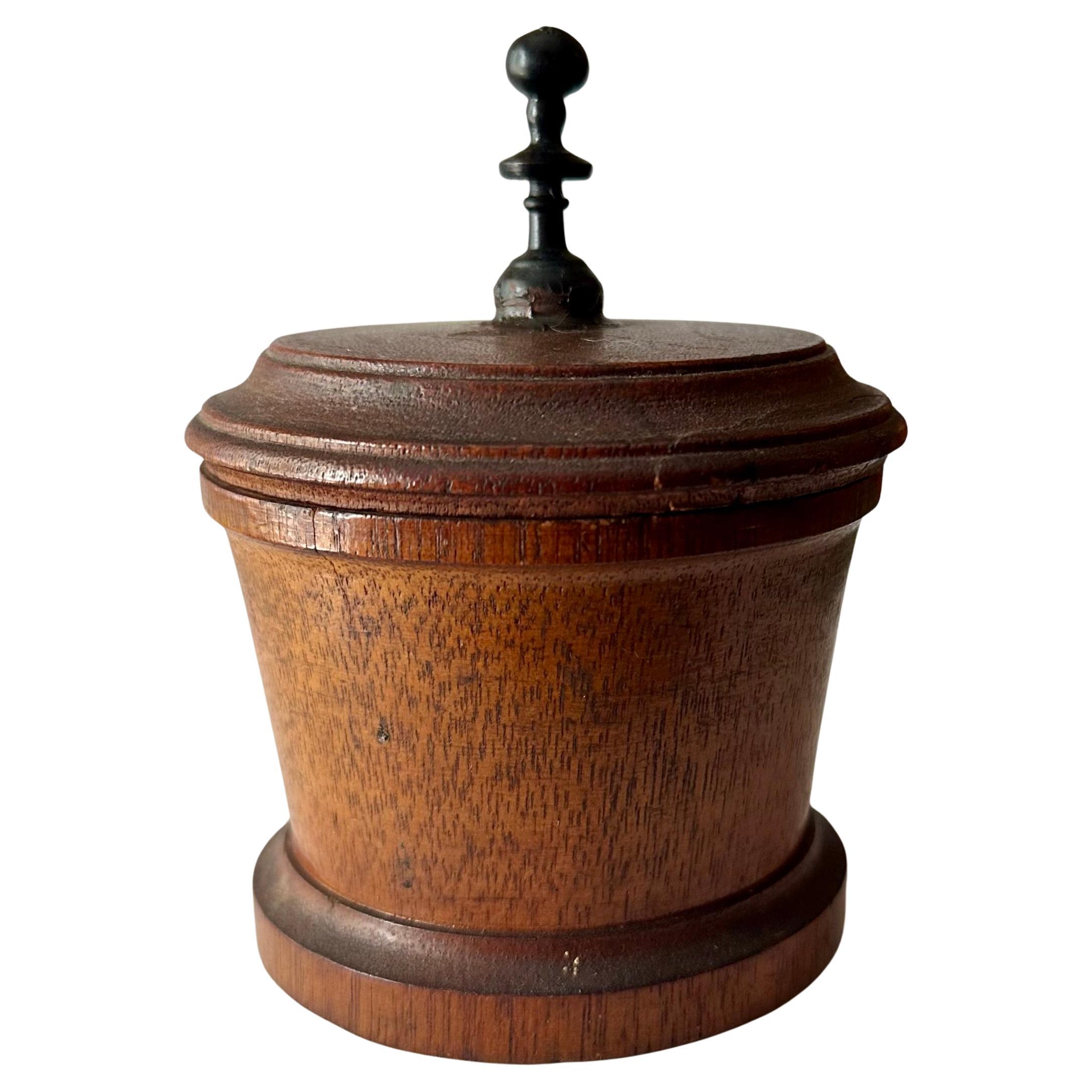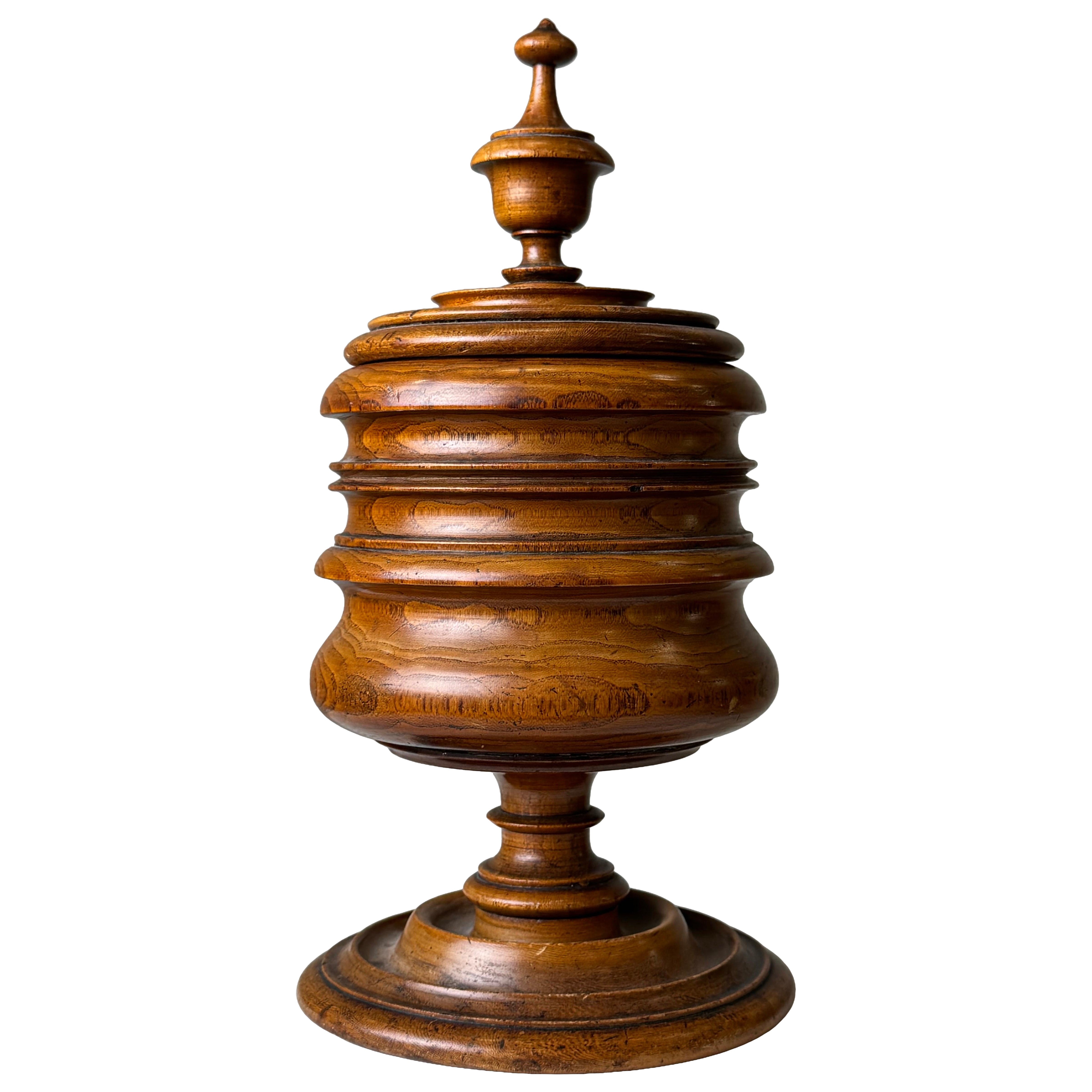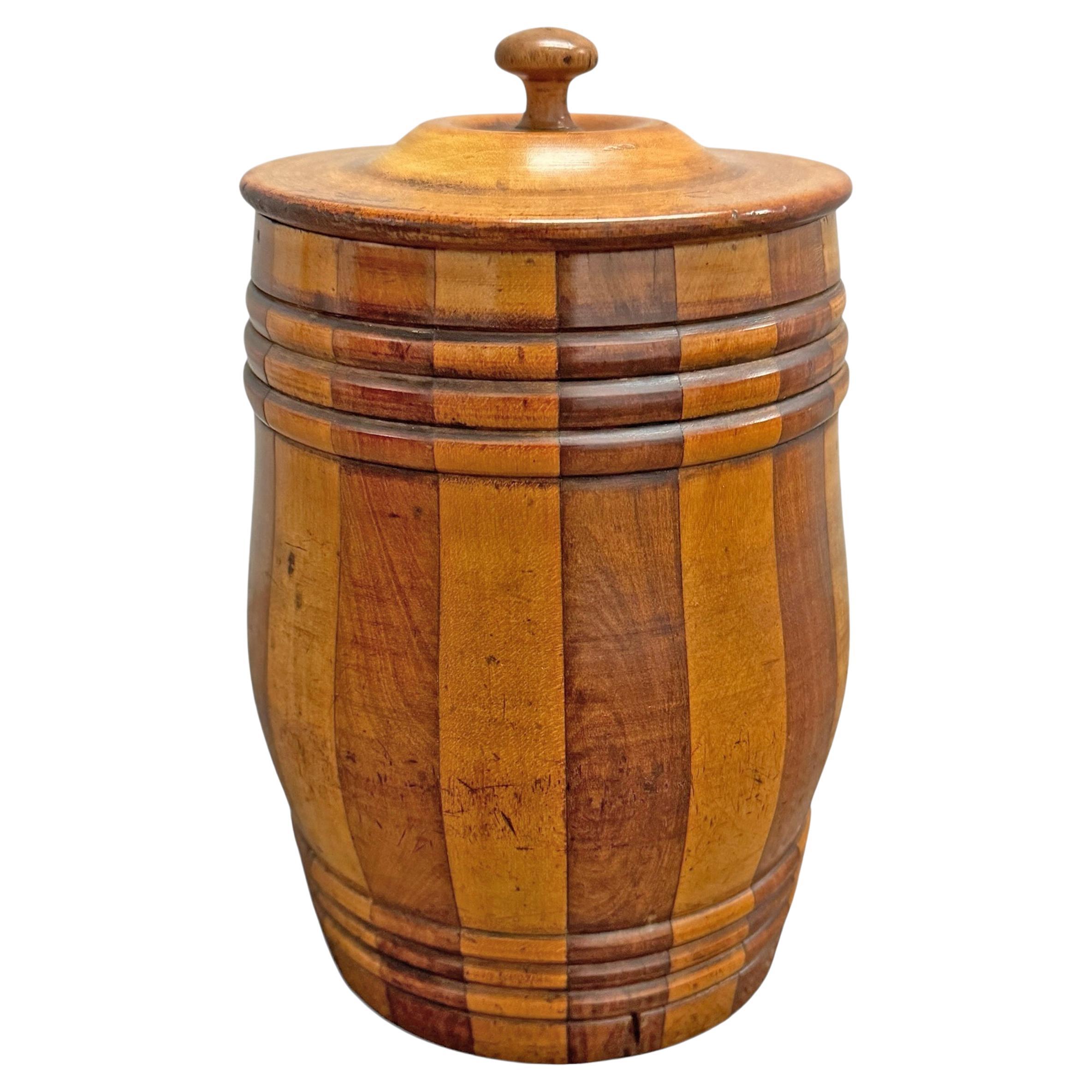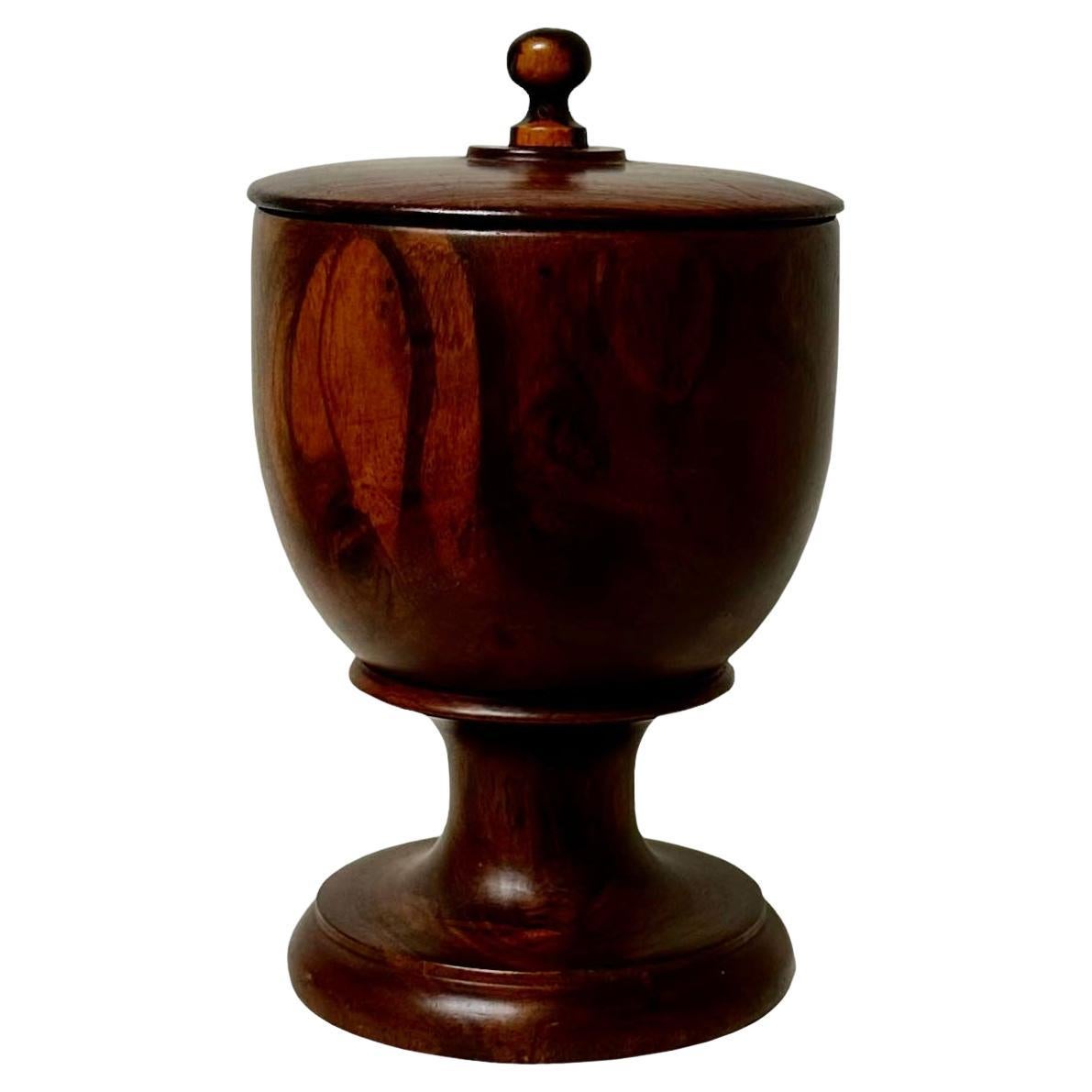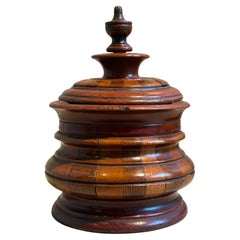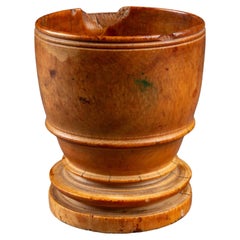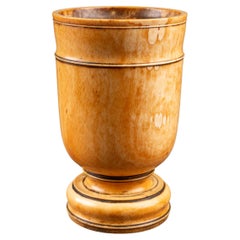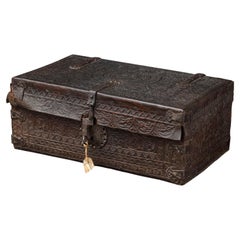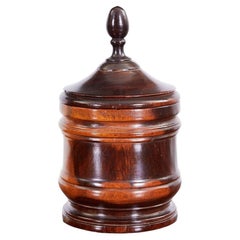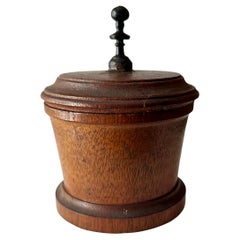Items Similar to Dutch Tobacco Jar - 19th century
Want more images or videos?
Request additional images or videos from the seller
1 of 7
Dutch Tobacco Jar - 19th century
$574.42
£426.70
€480
CA$792.45
A$871.12
CHF 457.82
MX$10,578.56
NOK 5,711.19
SEK 5,410.95
DKK 3,654.01
About the Item
Dutch Tobacco Jar
Hollande, 19th century
H 18 x diameter 12 cm
Fine Georgian Dutch Tobacco Jar with beautiful patina.
- Dimensions:Height: 7.09 in (18 cm)Diameter: 4.73 in (12 cm)
- Style:Georgian (Of the Period)
- Materials and Techniques:
- Place of Origin:
- Period:
- Date of Manufacture:19th century
- Condition:Repaired: The lis has been restored (visible in the pictures). Minor losses.
- Seller Location:Bruxelles, BE
- Reference Number:1stDibs: LU6666243954552
About the Seller
5.0
Vetted Professional Seller
Every seller passes strict standards for authenticity and reliability
1stDibs seller since 2022
15 sales on 1stDibs
Typical response time: <1 hour
- ShippingRetrieving quote...Shipping from: Bruxelles, Belgium
- Return Policy
Authenticity Guarantee
In the unlikely event there’s an issue with an item’s authenticity, contact us within 1 year for a full refund. DetailsMoney-Back Guarantee
If your item is not as described, is damaged in transit, or does not arrive, contact us within 7 days for a full refund. Details24-Hour Cancellation
You have a 24-hour grace period in which to reconsider your purchase, with no questions asked.Vetted Professional Sellers
Our world-class sellers must adhere to strict standards for service and quality, maintaining the integrity of our listings.Price-Match Guarantee
If you find that a seller listed the same item for a lower price elsewhere, we’ll match it.Trusted Global Delivery
Our best-in-class carrier network provides specialized shipping options worldwide, including custom delivery.More From This Seller
View AllDutch Tobacco Jar - 19th century
Located in Bruxelles, BE
Dutch Tobacco Jar
Netherlands, 19th century
23 x 15 cm
Georgian Dutch Tobacco Jar. Made from different woods, this ring turned Jars show a very nice patina.
Category
Antique 19th Century Dutch Georgian Snuff Boxes and Tobacco Boxes
Materials
Fruitwood
17th century apothecary's ivory mortar - Indo-Portuguese
Located in Bruxelles, BE
17th century apothecary's ivory mortar
Apothecary's ivory mortar 9
Indo-Portuguese
17th century
Cites certificate number IT/CE/2023/MI/01108
11 x 9,5 cm
Category
Antique 17th Century Indian Renaissance Scientific Instruments
Materials
Ivory
large apothecary's ivory mortar - 17th century
Located in Bruxelles, BE
Large apothecary's ivory mortar
Indo-Portuguese
17th century
16,7 x 10,4 cm
Cites certificate number 2022/BE01446/CE
Category
Antique 17th Century Indian Renaissance Scientific Instruments
Materials
Ivory
Boiled Leather Trunk, Spanish, 17th Century
Located in Bruxelles, BE
Leather trunk
Spanish, 17th century
Boiled Leather, wood and iron
Measures: 22 x 53 x 32 cm.
Provenance :
- collection Metz-Noblat, Château de Clevant, France
Rectangular trunk of the form and size of a small suitcase with wrought iron hinges and lock-plate.
Wood, covered with leather, cut and embossed with every surface of the thick cow hide covered in interlace, zoomorphic features.
The construction method is boiled leather, often referred to by its French translation cuir-bouilli: a process used to change flexible, vegetable-tanned leather into rigid, moulded objects. For shaping of the vegetable-tanned leather, heat and moisture were used, as indicated by the term boiled leather. No written medieval sources describing the production of decorated cuir bouilli objects survive, so knowledge of the process relies on the important studies of the Scottish leather historian John William Waterer. A large range of methods, materials and techniques could be used in various combinations. The vegetable-tanned leather, made supple with moisture and heat, was stuffed, shaped and nailed to the rigid wooden coffer support. The stuffing material was probably modeled beeswax or stearin wax. To shape the leather, to create its topography, « Cushions » were made by lacing a thread through an awl hole and attaching the flexible leather and stuffing to the rigid wooden support on the bottom. Then the decoration was done: lines were incised through the upper layer of the leather (epidermis) with different thicknesses of knives or needles. Contours were created with deep v-shaped cuts, decoration with thin incision and final details with a needle point. For the incision and pouncing stage, the leather was probably kept heated and moistened for suppleness.
Once dry, the leather would be hard and rigid.
the saturated leather is worked over a form, possibly even damp sand, with the pattern shaped using bone or wooden tools. Compare to metal, leather was lighter and it offered protection from cuts and punctures. Cuir bouilli objects were produced by specialist leather workers and needed skillful craftsmanship.
The surface is filled with roundels shaped foliages enclosing animals, lions and peacocks. The foliate arabesques creating a vegetal connection tweet the animals create the impression of a lush verdant space . The vegetal pattern here employed in combination with geometrical pattern came from the pre-islamic artistic traditions of the Byzantine and Sasanian empires. An aspect of Islamic geometry Is the basic symmetrical repetition and mirroring of the shapes that create a sense of harmony.
The decoration of this truck is inspired by the islamic « arabesque » a form of vegetal ornament composed of spirals, intertwining plants and abstract curvilinear motifs. An arabesque character is given to the birds of the decorations through extreme stylisation. This arabesque maintained the classical tradition of median symmetry, freedom in Detail and heterogeneity of ornament.
The presence of the peacocks is a paradisiacal allusion: in popular Islamic literature they were among the original inhabitants of the garden of Paradise expelled with Adam and Eve. Peacock as a decorative motif may have originated in the West, despite their eastern provenance. There was an ancient belief that the flesh and feathers of peacock do not decay. This led to the peacock becoming a christian symbol for Christ’s resurrection.
Renowned for their decorative wall hangings, seventeenth-century Spanish leatherworkers also produced utilitarian objects, such as this trunk. A similar trunk is on display at the Metropolitan museum of art ( 09.158.1).
Related literature :
Davies L. 2006. Cuir bouilli. Conservation of leather and related materials, 94-102, Oxford: elsevier Butterworth-Heinemann
Grabar, Oleg. The Mediation of Ornament. Princeton: Princeton University Press, 1992
Gabriela Germana Roquez, "El mueble en el Peru en el siglo XVIII...
Category
Antique 17th Century Decorative Boxes
Materials
Iron
Grand Tour Cinerarium - 18th century
Located in Bruxelles, BE
18th century Grand Tour Cinerarium
Limestone, inlaid with Roman marble fragments and fresco's
Annotation of finding spot indistinctively written on the fragments ("forum trajan","for...
Category
Antique 18th Century Italian Grand Tour Urns
Materials
Limestone, Marble
Wood and leather game box - Italy, 19th century
Located in Bruxelles, BE
Wood and leather game box for chess, Nine men’s morris and Backgammon
Italy, 19th century
33 x 33,3 x 11,2 cm
Nine men’s morris also known as mill game (merelles, from the Latin wor...
Category
Antique 19th Century Italian Arts and Crafts Games
Materials
Leather, Wood
You May Also Like
Turned Lignum Vitae Tobacco Jar
Located in Greenwich, CT
Good early 19th Century turned Lignum Vitae tobacco jar, the stepped lid with acorn finial, over cylindrical ring turned body, the whole with good rich color and striking contrast wi...
Category
Antique Early 19th Century English Georgian Snuff Boxes and Tobacco Boxes
Materials
Wood
19th Century Turned Wood Tobacco Jar.
Located in Vero Beach, FL
19th Century Turned Wood Tobacco Jar.
Attractive and skillfully made 19th Century turned Lignum Vitae tobacco pot with lid. The treen with fitted, turned lid has a center raised fi...
Category
Antique 19th Century Dutch Georgian Tobacco Accessories
Materials
Elm
19th Century English Tobacco Jar
Located in MILL, NL
Beautiful 19th century tobacco jar.
In very good condition. Beautiful in colour.
Dimensions: 27,5H x 13ø
Category
Antique 19th Century Snuff Boxes and Tobacco Boxes
Materials
Wood
19th Century English Tobacco Jar
Located in Chicago, IL
A piece that bridges the line between function and quiet artistry, this 19th-century English tobacco jar carries the charm of something handmade, meant to be lived with. Its barrel f...
Category
Antique 19th Century English Folk Art Snuff Boxes and Tobacco Boxes
Materials
Maple, Walnut
English Tobacco Jar
Located in Tampa, FL
A 19th century English rosewood tobacco jar. This has been beautifully refinished along time ago and whoever did it, did a nice job. Possibly could be Irish but assuming English.
Category
Antique 1890s English Jars
Materials
Rosewood
19th Century Treenware Walnut Tobacco Jar
Located in High Point, NC
19th century hand turned treen tobacco box made from walnut. The lid is expertly turned and is topped with a finial over a fabulous hand turned base. The walnut is a handsome color...
Category
Antique 19th Century English Victorian Snuff Boxes and Tobacco Boxes
Materials
Walnut
More Ways To Browse
Antique Tobacco Jars
Wood Turned Box
Dutch Tobacco Jar
Shell Snuff Box
Bilston Enamel Box
Chinese Snuff Box
Antique Opium Box
Gold And Diamond Snuff Box
Italian Gold Snuff Boxes
Antique Bilston Enamel Boxes
Antique Chinese Snuff Boxes
Antique Papier Mache Snuff Box Snuff Boxes
Russian Cigarette
Silver Snuff Box German
Majolica Tobacco Jar
Russian Cigarette Case
Wooden Tobacco Box
18th Box Battersea
